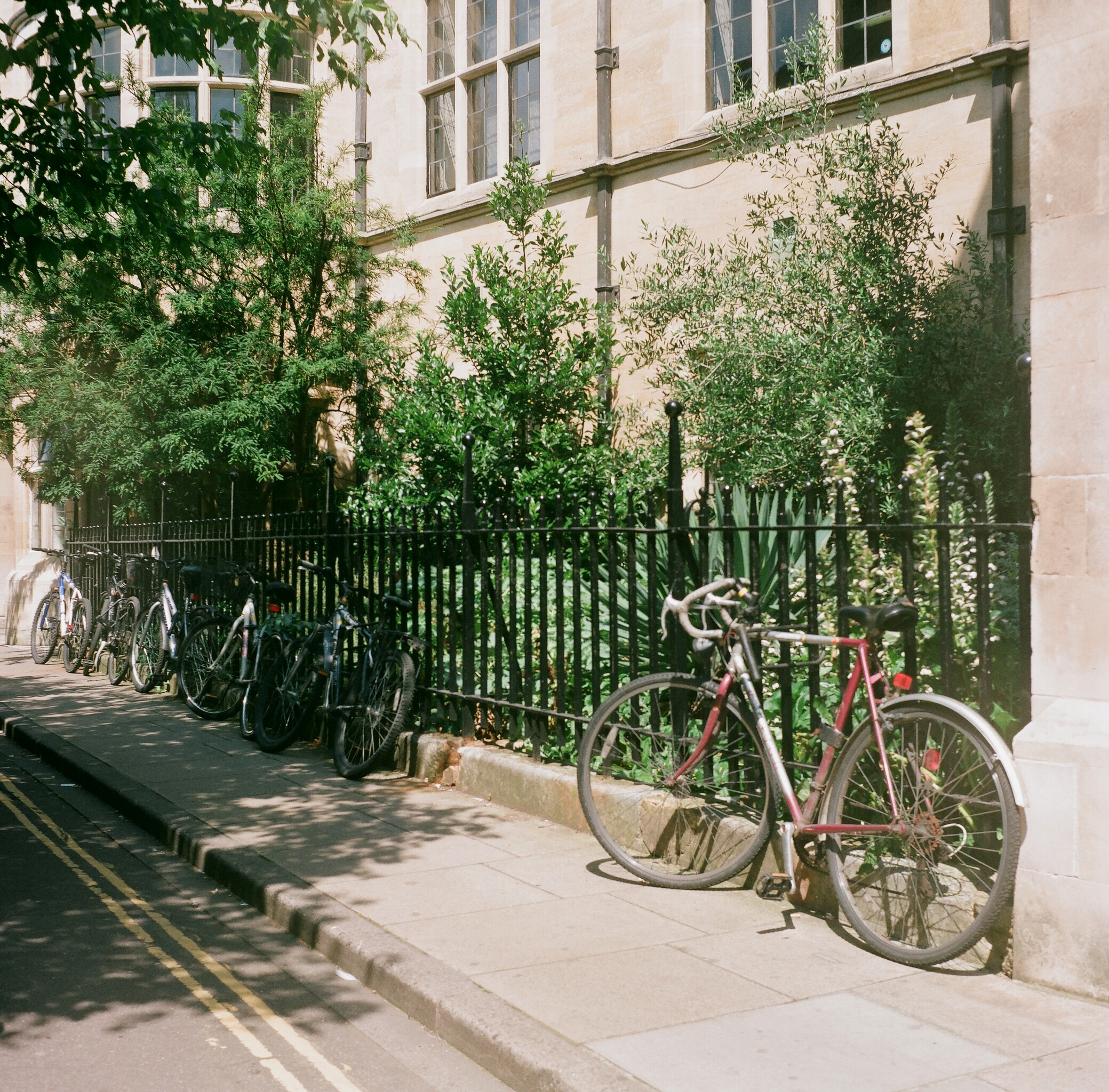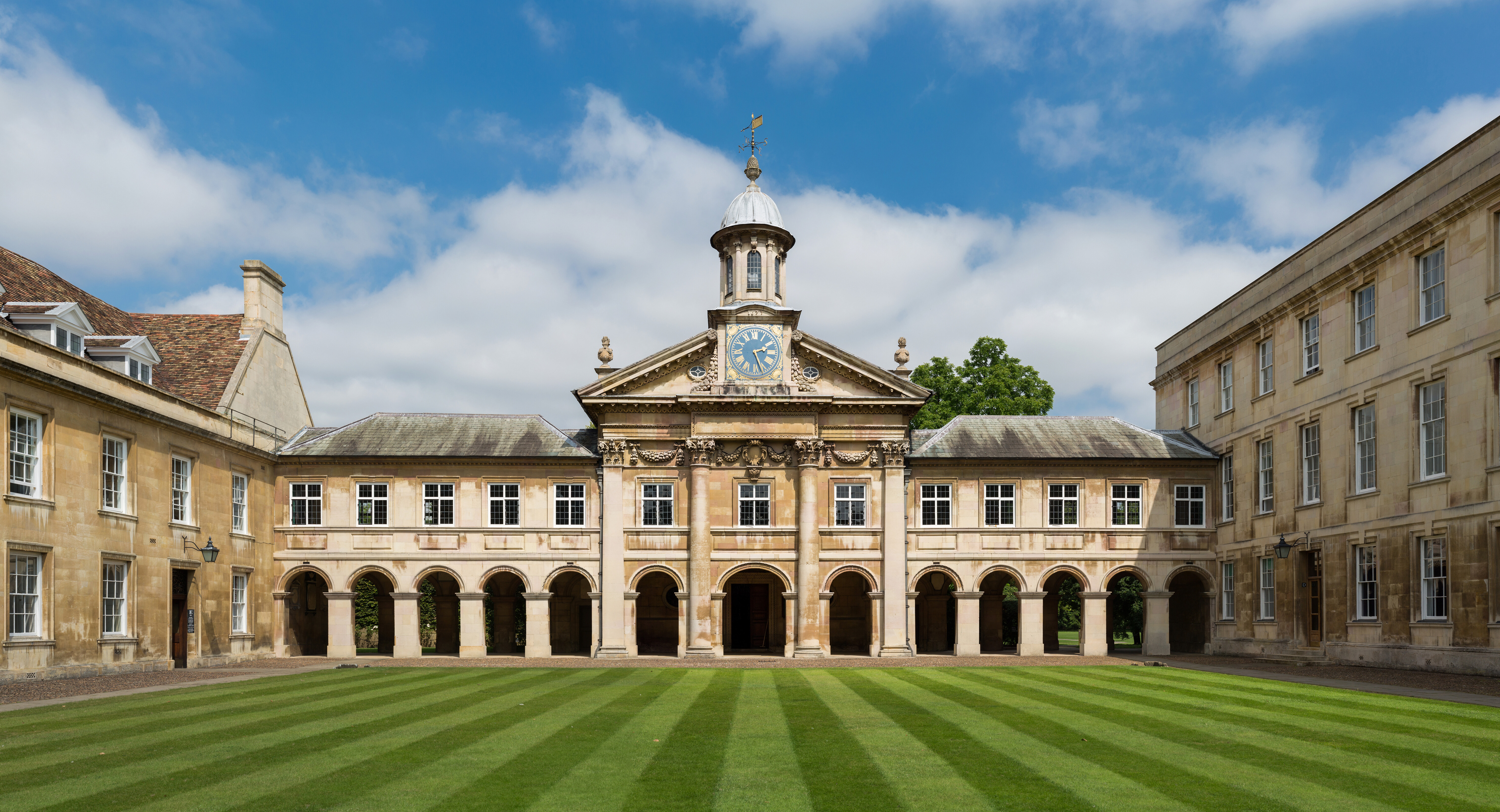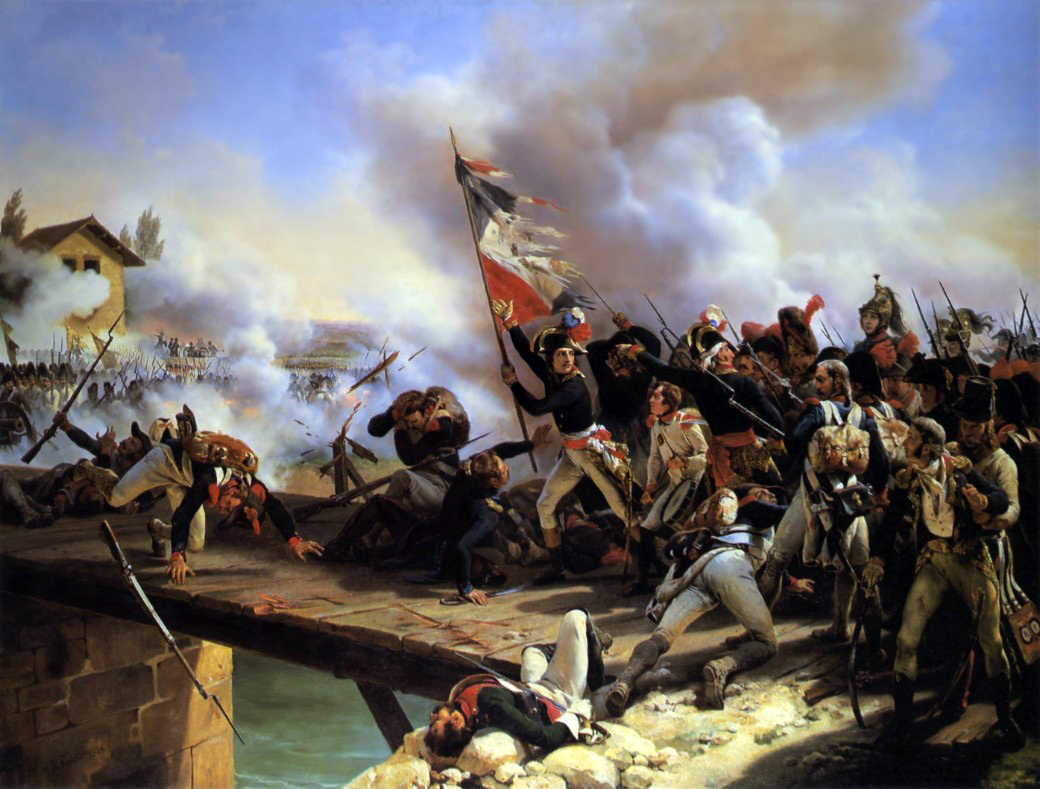|
Hortus Cantabrigiensis
''Hortus Cantabrigiensis'' is a catalogue of plants grown in the Walkerian Botanic Garden, a forerunner of the present Botanic Garden of Cambridge University, originally compiled by its first curator James Donn and published in 1796. A further 12 editions were published, the last in 1845, long after Donn's death. References Florae (publication) Book series introduced in 1796 1796 non-fiction books 1845 non-fiction books {{plant-book-stub ... [...More Info...] [...Related Items...] OR: [Wikipedia] [Google] [Baidu] |
Cambridge Botanic Garden
The Cambridge University Botanic Garden is a botanical garden located in Cambridge, England, associated with the university Department of Plant Sciences (formerly Botany School). It lies between Trumpington Road to the west, Bateman Street to the north and Hills Road to the east. The garden covers an area of 16 hectares (40 acres). The site is almost entirely on level ground and in addition to its scientific value, the garden is highly rated by gardening enthusiasts. It holds a plant collection of over 8,000 plant species from all over the world to facilitate teaching and research. The garden was created for the University of Cambridge in 1831 by Professor John Stevens Henslow ( Charles Darwin's mentor) and was opened to the public in 1846. The third-highest temperature recorded in the UK, 38.7 °C (101.7 °F), was recorded on 25 July 2019 at the garden. History Walkerian Garden After several unsuccessful attempts during the 16th, 17th, and early 18th ... [...More Info...] [...Related Items...] OR: [Wikipedia] [Google] [Baidu] |
Cambridge University
, mottoeng = Literal: From here, light and sacred draughts. Non literal: From this place, we gain enlightenment and precious knowledge. , established = , other_name = The Chancellor, Masters and Scholars of the University of Cambridge , type = Public research university , endowment = £7.121 billion (including colleges) , budget = £2.308 billion (excluding colleges) , chancellor = The Lord Sainsbury of Turville , vice_chancellor = Anthony Freeling , students = 24,450 (2020) , undergrad = 12,850 (2020) , postgrad = 11,600 (2020) , city = Cambridge , country = England , campus_type = , sporting_affiliations = The Sporting Blue , colours = Cambridge Blue , website = , logo = University of Cambridge lo ... [...More Info...] [...Related Items...] OR: [Wikipedia] [Google] [Baidu] |
James Donn
James Donn (1758–1813) was an English botanist and gardener. He was trained by William Aiton, a protege of Sir Joseph Banks and was Curator of the Cambridge University Botanic Garden, Cambridge, from 1790 until his death. His most important work was ''Hortus Cantabrigiensis'', first published in 1796 but with several later, much expanded, editions. It carried on past his death until 1845. A copy was given to the Library of the Gray Herbarium The Harvard University Herbaria and Botanical Museum are institutions located on the grounds of Harvard University at 22 Divinity Avenue, Cambridge, Massachusetts. The Botanical Museum is one of three which comprise the Harvard Museum of Natural ... of Harvard University in 1895. He became a Fellow of the Linnean Society in 1812. A memorial to James Donn, exists on St Edward the Martyr's church in Cambridge. A grandson was the English composer William Sterndale Bennett.Sterndale Bennett, JR "The Life of Sterndale Bennett" pp5& ... [...More Info...] [...Related Items...] OR: [Wikipedia] [Google] [Baidu] |
Florae (publication)
Flora (: floras or florae) is all the plant life present in a particular region or time, generally the naturally occurring ( indigenous) native plants. The corresponding term for animals is ''fauna'', and for fungi, it is '' funga''. Sometimes bacteria and fungi are also referred to as flora as in the terms ''gut flora'' or ''skin flora''. Etymology The word "flora" comes from the Latin name of Flora, the goddess of plants, flowers, and fertility in Roman mythology. The technical term "flora" is then derived from a metonymy of this goddess at the end of the sixteenth century. It was first used in poetry to denote the natural vegetation of an area, but soon also assumed the meaning of a work cataloguing such vegetation. Moreover, "Flora" was used to refer to the flowers of an artificial garden in the seventeenth century. The distinction between vegetation (the general appearance of a community) and flora (the taxonomic composition of a community) was first made by Jules Thurma ... [...More Info...] [...Related Items...] OR: [Wikipedia] [Google] [Baidu] |
Book Series Introduced In 1796
A book is a medium for recording information in the form of writing or images, typically composed of many pages (made of papyrus, parchment, vellum, or paper) bound together and protected by a cover. The technical term for this physical arrangement is ''codex'' (plural, ''codices''). In the history of hand-held physical supports for extended written compositions or records, the codex replaces its predecessor, the scroll. A single sheet in a codex is a leaf and each side of a leaf is a page. As an intellectual object, a book is prototypically a composition of such great length that it takes a considerable investment of time to compose and still considered as an investment of time to read. In a restricted sense, a book is a self-sufficient section or part of a longer composition, a usage reflecting that, in antiquity, long works had to be written on several scrolls and each scroll had to be identified by the book it contained. Each part of Aristotle's ''Physics'' is called a ... [...More Info...] [...Related Items...] OR: [Wikipedia] [Google] [Baidu] |
1796 Non-fiction Books
Events January–March * January 16 – The first Dutch (and general) elections are held for the National Assembly of the Batavian Republic. (The next Dutch general elections are held in 1888.) * February 1 – The capital of Upper Canada is moved from Newark to York. * February 9 – The Qianlong Emperor of China abdicates at age 84 to make way for his son, the Jiaqing Emperor. * February 15 – French Revolutionary Wars: The Invasion of Ceylon (1795) ends when Johan van Angelbeek, the Batavian governor of Ceylon, surrenders Colombo peacefully to British forces. * February 16 – The Kingdom of Great Britain is granted control of Ceylon by the Dutch. * February 29 – Ratifications of the Jay Treaty between Great Britain and the United States are officially exchanged, bringing it into effect.''Harper's Encyclopaedia of United States History from 458 A. D. to 1909'', ed. by Benson John Lossing and, Woodrow Wilson (Harper & Brothers, 1910) p1 ... [...More Info...] [...Related Items...] OR: [Wikipedia] [Google] [Baidu] |




